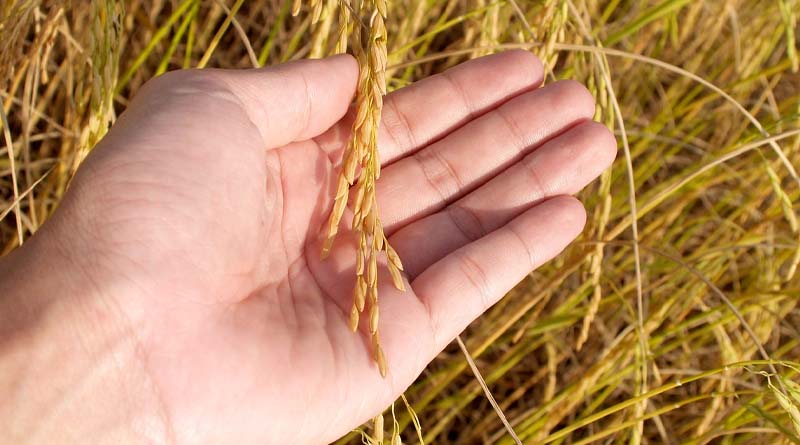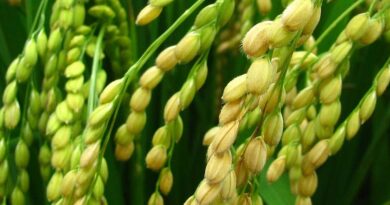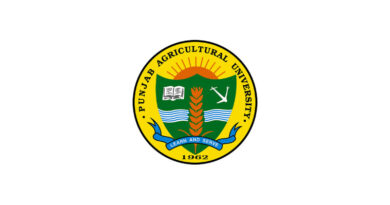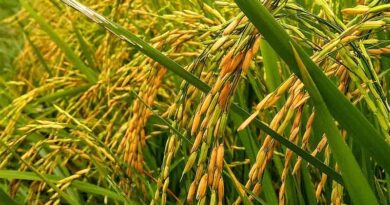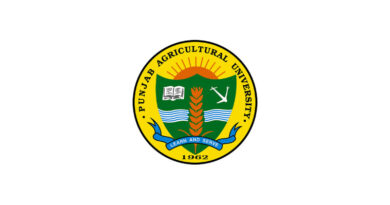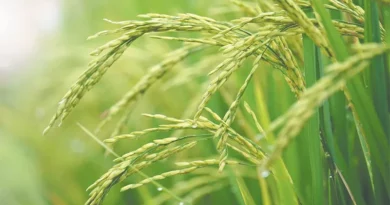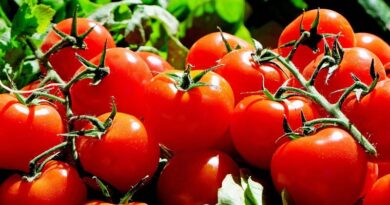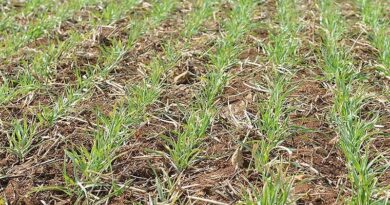Water management techniques in nursery for Rabi/Boro paddy cultivation
11 November 2023, New Delhi: Below is a list of water management techniques in nurseryfor Rabi/Boro paddycultivation. These recommendations have been proposed during pre-rabe interface 2023 of Department of Agriculture & Farmers’ Welfare, New Delhi and ICAR.
Water management techniques in nursery for Rabi/Boro paddy cultivation
1. Community nursery: When adequate water supply is not available, community nursery sowing should be adopted that will help to enhance the water use efficiency and also solve stray cattle problem.
2. Irrigation water should be applied in furrows to maintain saturated condition in the surface soil of nursery bed. Standing water to a depth of 2- 3 cms should be maintained atleast for 2-3 days before uprooting of seedlings
3. Promote the use of row covers/mulching or plastic tunnels to provide protection to rice seedlings from extreme cold.
Water management techniques in main field for Rabi/Boro paddy cultivation
1. Recommend early sowing to ensure rice plants are at a more advanced growth stage before the onset of extreme cold.
2. Plug the holes in the field bunds to arrest the seepage loss and keep the fields weed free.
3. Use optimum dose of phosphorus for cold tolerance.
4. Maintain soil saturated condition for proper establishment and early growth of seedlings.
5. Practice Alternate wetting and Drying (AWD) method of irrigation scheduling after seed establishment phase, however, during flowering period of rice, keep the soil saturated.
6. Use field water tube/pani pipe for implementing AWD.
7. Go for supplemental/ life-saving irrigation if water is available in rainwater harvesting structures
8. Practice straw/plastic mulching in the inter-row spaces for minimizing the evaporation loss of water.
9. Conduct training programs to educate farmers on the importance of timing and techniques for sowing in cold conditions.
Also Read: Hidden costs of global agrifood systems worth at least $10 trillion
(For Latest Agriculture News & Updates, follow Krishak Jagat on Google News)

